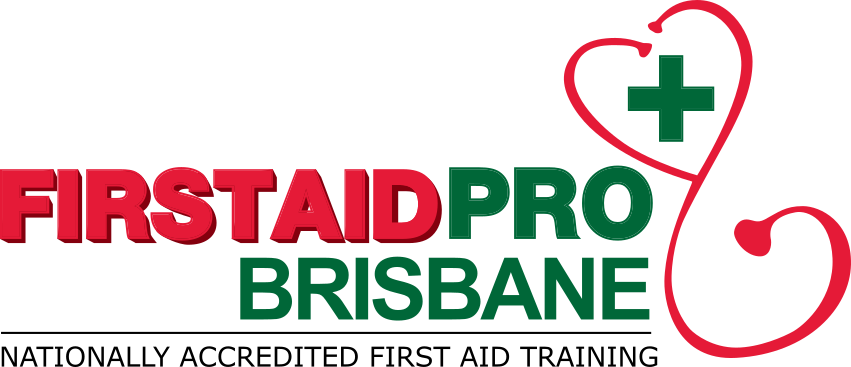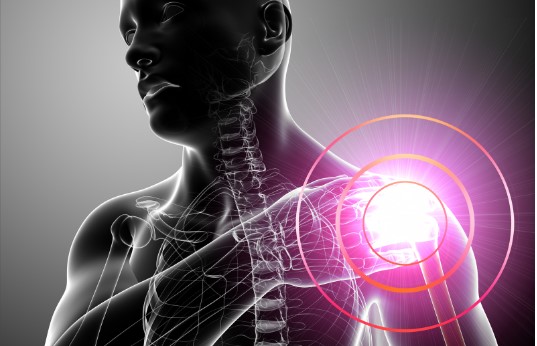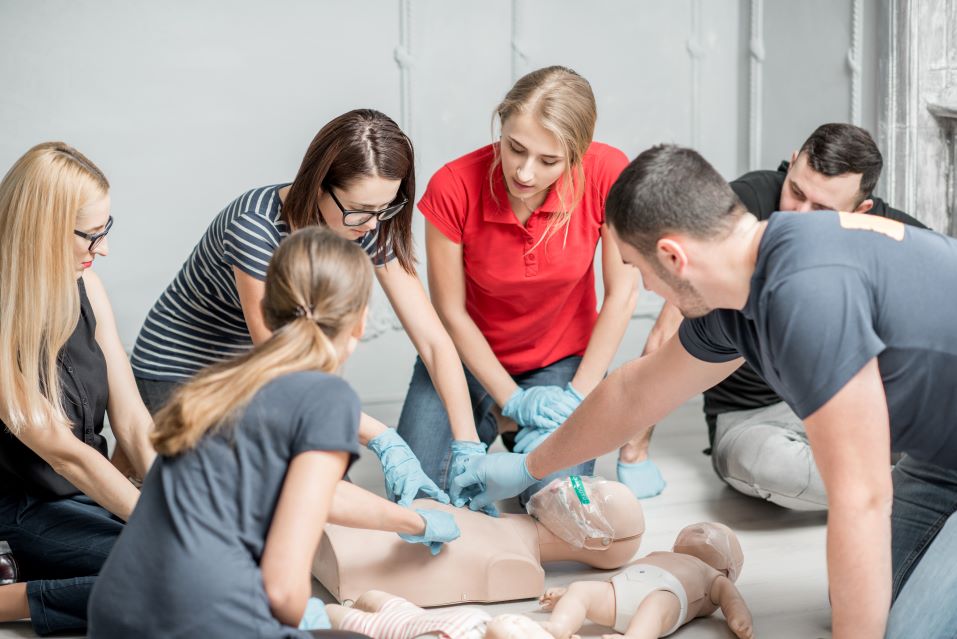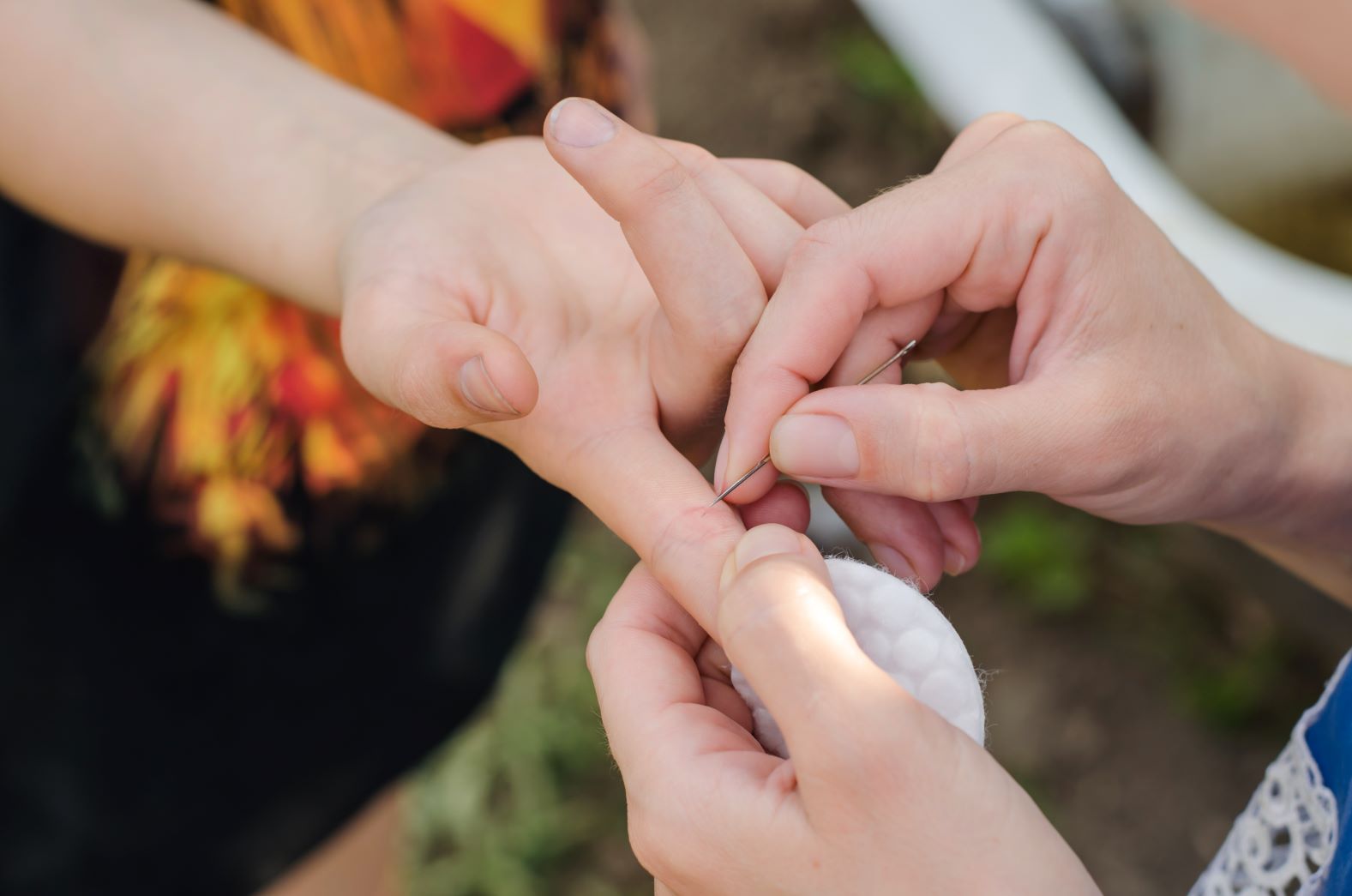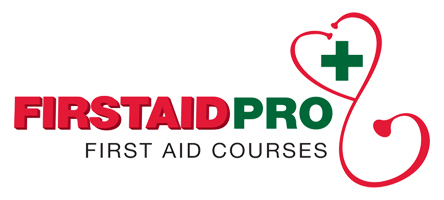You probably don’t think about common causes of shoulder pain until you suddenly experience it. When something goes wrong with your shoulder, it limits your ability to move freely. It can also bring a great deal of pain and discomfort even when doing your everyday routine.
Shoulder pain can occur for various reasons. However, it is also common to experience pain in this area of the body without having an injury.
Below are some common causes of shoulder pain and tips on how to address and prevent them.
Understanding Shoulder Pain
Shoulder pain is one of the most common joint problems that can happen for a number of different reasons. The most obvious is the result of traumatic events, such as falling, sports injuries, violence, or being involved in motor vehicle collisions.
The shoulder is made up of muscles, ligaments, tendons, fluid-filled sacs, and bones that work together in one space. For this reason, it may require a visit to the doctor to find out exactly what is causing the pain.
Most Common Causes Of Shoulder Pain
Below are some of the most common causes of shoulder pain, including:
Dislocation
A dislocated shoulder occurs when the top of your arms pops out of its socket, mostly from pulling back too hard or rotating too far. It can cause swelling, pain, and weakness in the shoulders and can result in numbness and bruising.
Separation
A shoulder separation injury occurs when a traumatic event causes damage to the ligaments around the acromioclavicular (AC) joint, which is where the collarbone and shoulder blade come together.
Falls, sudden hit, or hard blow can tear the ligaments holding these two together. These result in the collarbone getting separated and causes bump and pain on top of your shoulder.
Fracture
Shoulder fractures can greatly impair your mobility and cause severe pain. It occurs due to trauma to the shoulder following a fall, sports injury, car accident, or direct blow to the shoulder.
It often involves at least one of three bones in the shoulder: the scapula (shoulder blade), clavicle (collarbone), or humerus (upper arm bone). If one of these suffers from severe injury, you may experience pain, bruising, and difficulty lifting your arm.
Cartilage Tear
Just as with other cartilage in the body, the cartilage found in the shoulder joint can become damaged and need repair. It mostly occurs after a shoulder dislocation or simply wear and tear from everyday use.
Some of the common symptoms of cartilage tear include:
- Pain when raising the arm over the head.
- Pop, clicking, or grinding sensation when moving the arm in certain ways.
- A feeling of weakness, loss of strength, and range of motion
- Instability of the joint.
Rotator Cuff Tear
Rotator cuff tears are often caused by progressive wear and tear of the tendon tissue over time. It is a rip in the group of muscles and tendons that stabilises the shoulder joint and allows your arm movements.
Rotator cuff tears are also called complete tear or full-thickness tear that is accompanied with:
- Pain at rest and at night (especially when lying on the injured shoulder)
- Pain when lifting or lowering the arm
- Weakness when rotating your arm or with specific movements
- A crackling sensation when moving in certain positions
Frozen Shoulders
Frozen shoulder (adhesive capsulitis) is a condition that involves stiffness and pain in the shoulder joint. It occurs when there is an abnormal build-up of tissues in the joint, which keeps the shoulder from moving freely.
Common symptoms of a frozen shoulder include pain that slowly worsens over time and may hurt more at night.
Impingement
Shoulder impingement is a common cause of shoulder pain that occurs when the top outer edge of your shoulder blade rubs against the rotator cuff beneath it, causing pain and irritation.
This injury is mostly seen in individuals involved in sports and other activities with frequent overhead rotational motion. These include baseball, volleyball, tennis, swimming, and other activities such as painting.
Other causes may include the following:
- Osteoarthritis (degenerative joint disease)
- Rheumatoid arthritis
- Referred pain
- Heart attack
- Tendinitis
Treatment For Shoulder Pain
First-aid treatment for shoulder pain mainly focuses on avoiding further injury and gradually strengthening the muscles surrounding the joint.
Here are some treatment options for shoulder pain, depending on its causes and level of injury.
Rest
Get enough rest and use the shoulder as little as possible for the first few days after the injury. When it is rested, start doing some movements but do it gently and slowly to prevent re-injury.
Activity Changes
Treating shoulder pain may require altering your activities at work or everyday tasks. These include avoiding overexertion or overdoing activities that can cause wear and tear on the shoulder joints and muscles.
Ice
For minor shoulder pains and strains, apply ice to the injury and wrap it in a soft cloth to avoid direct skin contact.
Apply ice for 15 minutes once every hour to help with the pain and swelling.
Medications
The doctor may prescribe medications to help manage shoulder pain. Take these medications as directed.
In some cases, the doctor may recommend injections of numbing steroids to relieve pain.
Surgery
Severe injuries in the shoulder may require surgery to resolve the problems. However, the large majority of people with shoulder pain will respond to first aid treatment and self-care strategies that are mentioned earlier.
Prevent
Prevent shoulder pain by avoiding prolonged activities that can cause stress to the shoulders. These include lifting heavy objects or repetitive overhead movements.
When To Seek Help?
Sudden pain in the left shoulder can sometimes be a warning sign of a heart attack. Call Triple Zero (000) or your local emergency number if someone experiences sudden pressure or crushing pain in the shoulder.
Seek professional help if the following symptoms appear:
- Pain that runs from the chest to the left jaw, arm, or neck
- Shortness of breath
- Dizziness
- Sweating
Also, get medical help if the person has had a severe injury, and the shoulder is very painful, swollen, bruised, or bleeding.
Learn First Aid
Shoulder pain is a common problem for many. The unique anatomy of the shoulders and the range of motion of this joint makes it susceptible to injuries. It mostly occurs due to repetitive movements, sports injuries, poor manual handling, accidents, and aging.
Severe shoulder pain requires immediate care. Follow the first aid treatments and tips mentioned on this blog and see a doctor immediately for any signs of deformity, sudden swelling, intolerable pain, and inability to use the joint.
For more first-aid advice and general health information, enrol in a first aid course.
View our course page to find out more.
